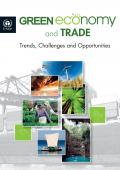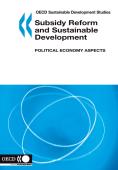
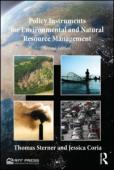
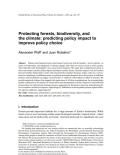
Policies must balance forest conservation’s local costs with its benefits—local to global—in terms of biodiversity, the mitigation of climate change, and other eco-services such as water quality. The trade-offs with development vary across forest locations. This article argues that considering location in three ways helps to predict policy impact and improve policy choice: (i) policy impacts vary by location because baseline deforestation varies with characteristics (market distances, slopes, soils, etc.) of locations in a landscape; (ii) different mixes of political-economic pressures drive the location of different policies; and (iii) policies can trigger ‘second-order’ or ‘spillover’ effects likely to differ by location. This article provides empirical evidence that suggests the importance of all three considerations, by reviewing high-quality evaluations of the impact of conservation and development on forest. Impacts of well-enforced conservation rise with private clearing pressure, supporting (i). Protection types (e.g. federal/state) differ in locations and thus in impacts, supporting (ii).
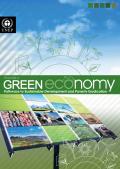
The Green Economy Report is compiled by UNEP’s Green Economy Initiative in collaboration with economists and experts worldwide. It demonstrates that the greening of economies is not generally a drag on growth but rather a new engine of growth; that it is a net generator of decent jobs, and that it is also a vital strategy for the elimination of persistent poverty. The report also seeks to motivate policy makers to create the enabling conditions for increased investments in a transition to a green economy.
The report includes chapters on the following areas:
- Agriculture
- Fisheries
- Water
- Forests
- Renewable Energy
- Manufacturing
- Waste
- Buildings
- Transport
- Tourism
- Cities
- Modelling
- Finance
